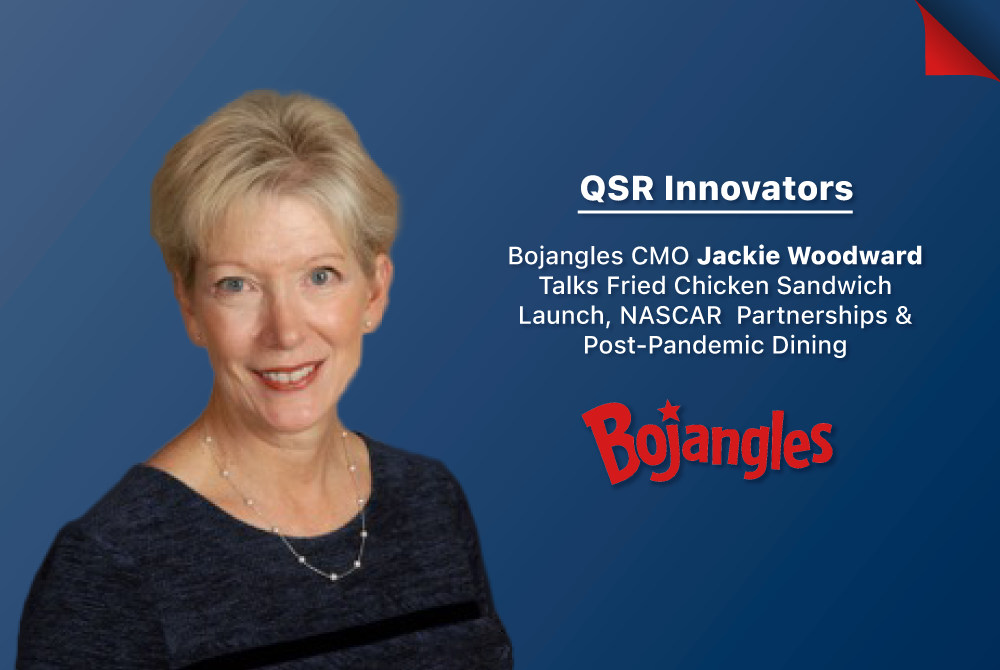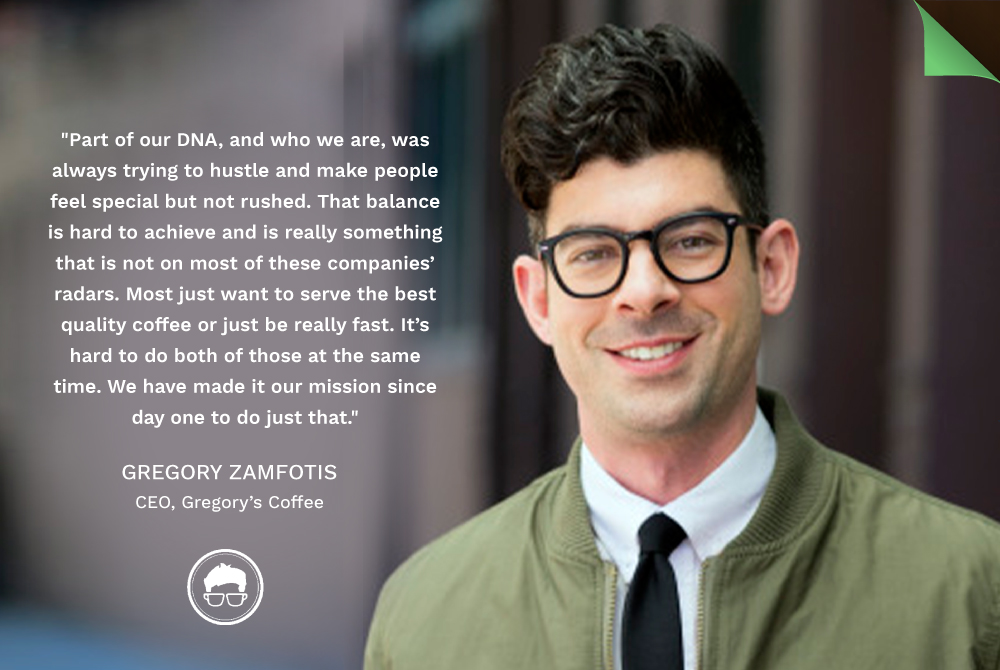Fast casual healthy food chain Just Salad has had a busy year. They began by setting out ambitious sustainability goals, including reusable bowls, metal utensils for dine-in customers, helping people go vegan and a Bring Your Own Cup program.
When the pandemic hit they teamed up with Mount Sinai in New York to deliver meals to healthcare workers. When restaurants were closed but the need for fresh produce was high, the chain then pivoted and launched Just Grocery. The grocery delivery business, an idea inspired by the chain’s employees, helped the company make the most of their fresh ingredients at a time that people were in need of grocery delivery.
Staying on a mission to help consumers live more sustainable lives, the brand partnered with Kenneth Cole to create reusable face masks. And more recently, the brand began adding carbon labels to its menu so that consumers could see not only how many calories they were consuming, but also how to determine the carbon footprint of their lunch.
And now, the company has brought on their first-ever CMO, who one month in has already launched a campaign and is spearheading marketing efforts. Andy Rooks brings experience in research, digital and brand marketing from his years at Theory Marketing Partners, Citi and 360i to the table.
His mission: to raise awareness for the growing QSR brand, which started off in New York City and now has locations in New Jersey, Pennsylvania, Illinois, North Carolina, Florida and Dubai.
Brand Innovators caught up with Rooks to talk about the new role, qualitative testing a carbon footprint menu and the company’s emerging delivery business. This interview has been edited for length and clarity.
What is it like to be the first CMO ever at Just Salad? How are you helping write the role?
I am honored to be a part of such a forward-thinking company. The brand’s mission and the team really attracted me to joining Just Salad. I am here and happy to help. In terms of what this role means, it is a few things. Firstly, it is about how do we build a stronger brand voice and how do we use brand as a tool in our toolkit. We’ve got a strong sense of values here, so it is my job to really hone that and communicate that as concisely and as memorably as possible.
You have been tasked with updating the company’s mission statement and establishing a qualitative research practice, including creative testing and at-home consumer ethnography for the brand’s new grocery offering. Can you tell me more about these plans and how they will work?
We are here to make every day health and everyday sustainability possible, that is our mission as we move forward. In terms of the qualitative research practice, that comes from my roots in consumer research. I have been able to throughout my career look at both the quantitative side and the data side and also the qualitative side. What we really want to do with the qualitative side is learn that “why” from the customer. Qualitative research and having conversations with people really tell you why, and combining the two is really really powerful and qualitative is often overlooked, so as we build that out, I will definitely not overlook it.
Looking at using the voice of the customer and channeling that into our marketing efforts. Everything that we do, we need to continue to listen to our customers and build to what they are telling us they need and what they are showing us what they need. Qualitative research is an extremely powerful tool if you know how to do it right.
We have already implemented a few things, so of those are at home video diaries where we watch how people will use our grocery offering.
If we are looking at things like picking the name of a new product or picking a positioning statement, seeing how customers respond to that, we’ll ask them not just on a scale of 1 to 5 how would you rate this, but questions like when you hear a name like the “Catalan salad,” what does that make you think of? Letting them tell us what is going on in their brand rather than keeping us guessing. You can guess with a survey. Do you think about A,B,C, D? When you are doing a qualitative question, you let them dictate what is most important, that is the way we are framing these questions. If we ask an open ended question, we can very easily see, this is what they are picking up.
Consumers today care more about sustainability than ever and are looking to brands that support this purpose. What are some ways that your brand is speaking to this cause?
We just launched a campaign called “Eat for the Earth” where we are celebrating all of our sustainability initiatives, and a really big one is carbon labeling. Next to calories on the menu, we added the carbon emissions of every single item on the menu and we are the first restaurant to do that. We are making history by doing this and I couldn’t be prouder to be a part of a team that prioritizes something like this.
If you look on our site and you build a salad, you can watch your carbon footprint increase as you add items to your salad. It is really cool. When we have a core business initiative now, it is my job as CMO [to figure out] how we go out and talk about this with the consumer. So we launched the “Eat for the Earth” campaign and we wanted to educate people because a lot of people don’t even know that food has carbon emissions associated with it and yet something like 20-30% of all emissions come from our food systems. It is an education moment as well. So we are providing a benchmark, and saying this is the average American diet’s footprint but saying you are better than that because you are eating at Just Salad. Providing that benchmark of the carbon footprint of a hamburger versus that of a salad with chicken on it is going to provide that comparison.
The most powerful thing that we did, is we actually tied our price to carbon footprint. So we have a climate menu, which are our lowest emitting items and we tied the price of that item to the carbon footprint to help the customer understand this is what it means when you eat low carbon. So if we had a salad with .05 kg CO2 equivalent, that salad would be $5 on that day and we actually saw tremendous success with that campaign not just because it was a price promotion, just from what we heard from customers, going back to the qualitative practice. People said I get this or I really understand the impact I am having. This is a really cool way to introduce this concept. Not only did it have a positive impact because of the price, but also from a brand building aspect.
How has the pandemic shift from traditional restaurants to more QSR benefitted your business and how are you adapting to the new normal?
Another thing that attracted me to this role is the fact that we have such a great team that is very fast moving. We launched a few things right away when the pandemic hit as the business landscape was shifting. One of those is the hub, where we used to ship only to office spaces and you can order before noon and we deliver for free to all of the orders for the whole office. We shifted that so that people can take that in their own homes. We are working with apartment buildings to get those in essential spaces as well.
Another thing was the launch of a service that we call Just Grocery. There was a need in the market to get really fresh good ingredients and we’ve got a lot of those, so we have opened that up very very quickly so that people could order the ingredients for their own homes as well. That was a great innovation for us. It was a moment that inspired some motivation for us.
Can you tell me more about evolving and relaunching Just Salad’s grocery delivery service Just Grocery?
We have been working on that behind the scenes for a little bit. One of the things that is really cool from a business operations point of view is that as opposed to other distribution centers where you normally look at one central distribution and go out to the people, we are aggregating, so we are all over New York City and other locations, we can cover a lot more ground and we can be more efficient with the way that we do that last model. That is one of the things that we are thinking about, how do we leverage this advantage.




